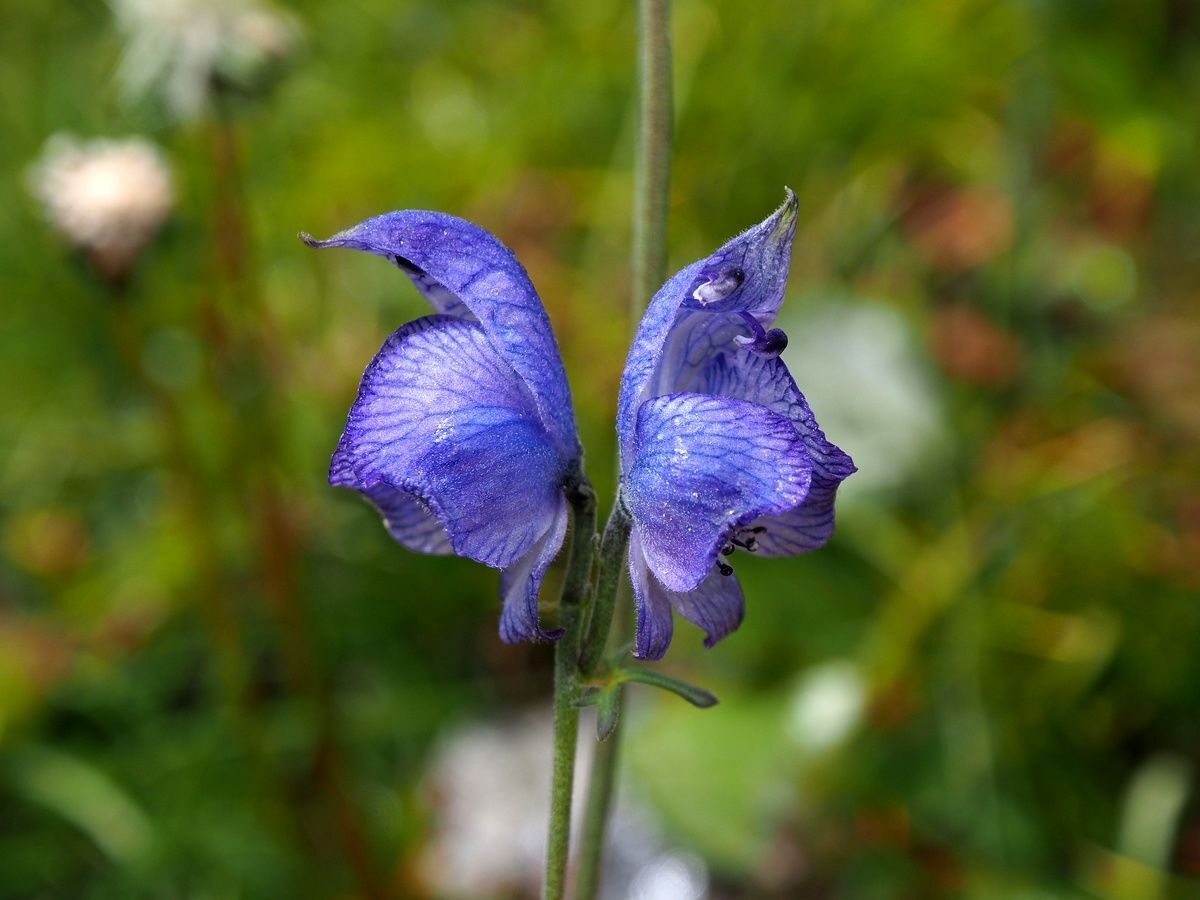
Aconitum, also known as monkshood or wolfsbane, is a plant shrouded in mystery and intrigue. Did you know that this beautiful yet deadly flower has a rich history in folklore, medicine, and even crime? From ancient warriors using it to poison their enemies to its role in traditional Chinese medicine, Aconitum has woven itself into the fabric of human culture. But be warned—every part of this plant is highly toxic. In this post, we'll uncover 34 fascinating facts about Aconitum that will leave you both amazed and cautious. Ready to dive into the world of this enigmatic plant? Let's get started!
What is Aconitum?
Aconitum, also known as monkshood or wolfsbane, is a genus of over 250 species of flowering plants. These plants are known for their striking beauty and potent toxicity. Let's dive into some fascinating facts about this intriguing genus.
- Aconitum is part of the Ranunculaceae family, which also includes buttercups and delphiniums.
- The name "monkshood" comes from the shape of the flowers, which resemble the hoods worn by monks.
- "Wolfsbane" refers to its historical use in poisoning wolves.
- Aconitum plants are native to mountainous regions in the Northern Hemisphere.
- These plants prefer cool, moist environments and are often found in alpine meadows.
Toxicity of Aconitum
Aconitum is infamous for its toxicity. Even small amounts can be lethal, making it one of the most dangerous plants in the world.
- The primary toxin in Aconitum is aconitine, a potent alkaloid.
- Aconitine affects the nervous system, causing symptoms like nausea, vomiting, and heart irregularities.
- Historically, Aconitum was used as a poison on arrow tips for hunting and warfare.
- In ancient Greece, Aconitum was used to execute criminals.
- Despite its toxicity, Aconitum has been used in traditional medicine, albeit with extreme caution.
Historical and Cultural Significance
Aconitum has a rich history and has been featured in various myths, legends, and cultural practices.
- In Greek mythology, Aconitum was said to have sprung from the saliva of Cerberus, the three-headed dog guarding the underworld.
- The plant was used in ancient Rome as a method of execution.
- In medieval Europe, Aconitum was believed to ward off werewolves and witches.
- The plant's toxic properties made it a popular choice for assassinations in historical times.
- Aconitum has been mentioned in various literary works, including Shakespeare's plays.
Medicinal Uses of Aconitum
Despite its dangerous nature, Aconitum has been used in traditional medicine for centuries.
- In traditional Chinese medicine, Aconitum is used to treat conditions like arthritis and neuralgia.
- The plant is used in homeopathy, where it is highly diluted to treat anxiety and fever.
- Aconitum is sometimes used in Ayurvedic medicine, though it requires careful preparation to remove toxins.
- Modern medicine has largely abandoned Aconitum due to its high risk of poisoning.
- Some research is being conducted on the potential use of Aconitum alkaloids in cancer treatment.
Growing Aconitum
For those who appreciate its beauty, Aconitum can be grown in gardens, though caution is advised due to its toxicity.
- Aconitum prefers well-drained soil and partial shade.
- The plant can be propagated by seeds or division of the root clumps.
- It blooms in late summer to early autumn, producing tall spikes of blue, purple, or white flowers.
- Gardeners should wear gloves when handling Aconitum to avoid skin contact with its toxins.
- Aconitum can be a striking addition to a garden but should be kept away from children and pets.
Interesting Facts About Aconitum
Here are some more intriguing tidbits about this fascinating plant.
- Aconitum is sometimes called "queen of poisons" due to its lethal nature.
- The plant's roots are the most toxic part, though all parts contain toxins.
- Aconitum has been used in traditional Japanese theater to create fake blood.
- The plant's name is derived from the Greek word "akon," meaning "dart" or "javelin," referencing its use in poison-tipped weapons.
- In the Victorian language of flowers, Aconitum symbolizes misanthropy or a deadly foe.
Conservation and Environmental Impact
Aconitum plays a role in its native ecosystems and faces various conservation challenges.
- Some species of Aconitum are considered endangered due to habitat loss and overharvesting.
- The plant provides nectar for certain species of bees and butterflies.
- Conservation efforts include habitat protection and cultivation in botanical gardens.
- Aconitum's striking appearance makes it a popular subject for botanical illustrations and photography.
The Final Word on Aconitum
Aconitum, often called monkshood or wolfsbane, is a plant with a fascinating mix of beauty and danger. Its striking blue flowers can be a sight to behold, but every part of this plant is highly toxic. Historically, it’s been used in various cultures for medicinal purposes and even as a poison. Modern science has confirmed its toxic properties, making it a subject of interest for both botanists and historians. While it’s not something you’d want in your garden without caution, its unique characteristics make it a plant worth knowing about. Whether you’re a plant enthusiast or just curious, understanding Aconitum adds a layer of appreciation for the natural world’s complexity. Always handle with care and respect its potent nature.
Was this page helpful?
Our commitment to delivering trustworthy and engaging content is at the heart of what we do. Each fact on our site is contributed by real users like you, bringing a wealth of diverse insights and information. To ensure the highest standards of accuracy and reliability, our dedicated editors meticulously review each submission. This process guarantees that the facts we share are not only fascinating but also credible. Trust in our commitment to quality and authenticity as you explore and learn with us.


